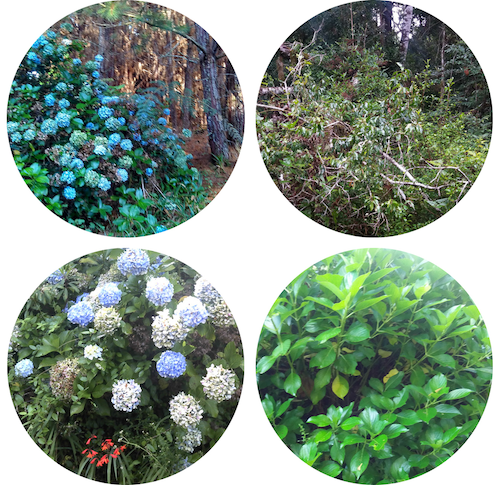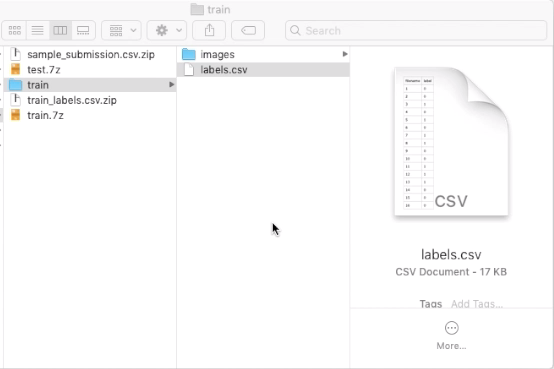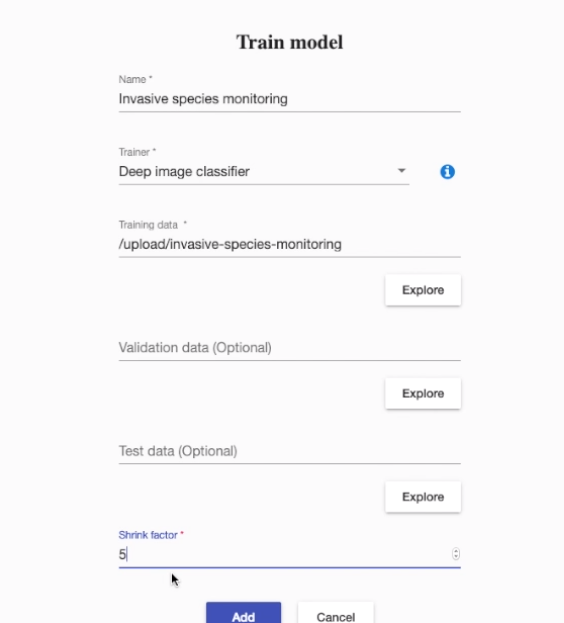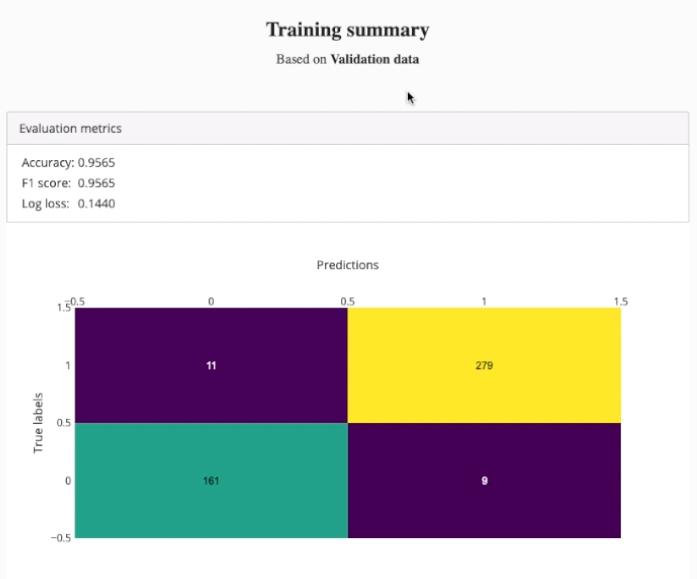Areal monitoring to detect and eliminate invasive plant species
Tangles of kudzu overwhelm trees in Georgia while cane toads threaten habitats in over a dozen countries worldwide. These are just two invasive species of many which can have damaging effects on the environment, the economy, and even human health. Despite widespread impact, efforts to track the location and spread of invasive species are so costly that they’re difficult to undertake at scale.
Currently, ecosystem and plant distribution monitoring depends on expert knowledge. Trained scientists visit designated areas and take note of the species inhabiting them. Using such a highly qualified workforce is expensive, time inefficient, and insufficient since humans cannot cover large areas when sampling.

Because scientists cannot sample a large quantity of areas, some machine learning algorithms need to be used in order to predict the presence or absence of invasive species in areas that have not been sampled. In this competition, Kagglers are challenged to develop algorithms to identify whether images of forests and foliage contain invasive hydrangea or not. Techniques from computer vision alongside other current technologies like aerial imaging can make invasive species monitoring cheaper, faster, and more reliable. Therefor we decided to join to this kaggle competition and use Intelec AI to tackle this environmental problem.
Preparing the data
We first downloaded the data. It contained pictures taken in a Brazilian national forest. In some of the pictures there was Hydrangea, a beautiful invasive species original of Asia. Then we arranged the training data, so that it fits to the format, which is expected by Intelec AI.

Training an image classifier
We used the Deep Image Classifier to train an image classifier on the prepared training data.

Final accuracy on the validation data was ~96%:

Summary
We were able to train an image classifier with 96% accuracy without knowing anything about machine learning. Not bad at all. You can watch more detailed step-by-step demo in the following video:
